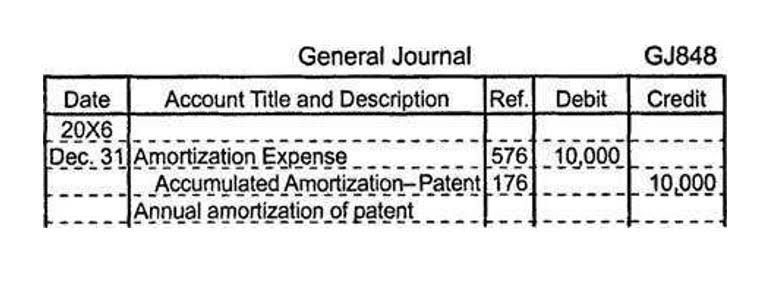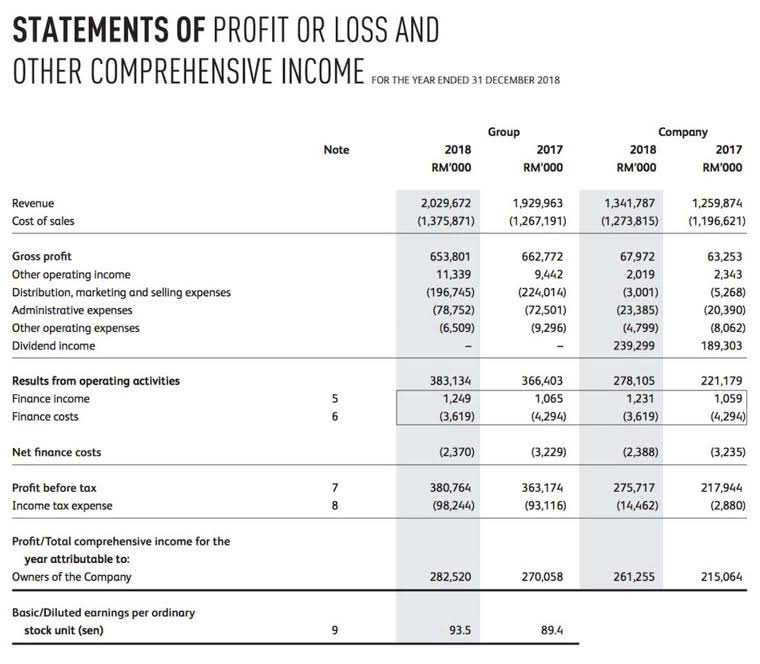
Let’s learn more about the common steps in an accounting cycle and how they are completed to provide regular snapshots of a company’s financial situation. The accounting cycle starts with the analysis of the transactions of the business in question. In this step, transactions are analyzed to identify the nature of accounts involved in the transaction.
New to Business Essentials? Start here.
From recording transactions to preparing financial statements, each stage of the accounting cycle plays an important role in making sure a business’s financial information ledger account is accurate and up to date. Here’s an in-depth look at the accounting cycle, including the eight primary steps involved and how accounting software can help. The accounting process consists of activities involved in preparing financial statements and includes identifying, recording, and summarizing a business’s financial transactions. The accounting cycle is the series of steps required to complete the accounting process.
Step 6. Adjust journal entries

We will begin by discussing when adjusting entries are required, including a review of the four major categories of adjusting entries. In the module activity you will have the opportunity to record your own adjusting journal entries and prepare an adjusted trial balance. The accounting cycle accounting definition in business begins with the journalizing of transactions and ends with the post-closing trial balance. The most significant output of the accounting cycle is the income statement and balance sheet. The last step in the accounting cycle is to make closing entries by finalizing expenses, revenues and temporary accounts at the end of the accounting period.
- The eight-step accounting cycle starts with recording every company transaction individually and ends with a comprehensive report of the company’s activities for the designated cycle timeframe.
- The accounting cycle is a comprehensive accounting process that begins and ends in an accounting period.
- This happens regardless of whether or not cash has moved in or out of business.
- Company X received $500 for its software products on March 15, 2022, and recorded the entry for that particular period.
- Tax adjustments help you account for things like depreciation and other tax deductions.
Journalizing

The closing step impacts only temporary accounts, which include revenue, expense, and dividend accounts. The permanent or real accounts are not closed; rather, their balances are carried forward to the next financial period. Students prepare statements relevant to year end accounting processes synthesizing what they have learned in the previous two courses. Students will also learn how to prepare the post-closing trial balance.
- Think of the unpaid bill that you sent to the customer two weeks ago, or the invoice from your supplier you haven’t sent money for.
- It’s worth noting that some businesses also have internal accounting cycles that have a shorter accounting period.
- However, knowing the steps and how to complete them manually can be essential for small business accountants working on the books with minimal technical support.
- Transactions include expenses, asset acquisition, borrowing, debt payments, debts acquired and sales revenues.
- If you have debits and credits that don’t balance, you have to review the entries and adjust accordingly.
- The fundamental concepts above will enable you to construct an income statement, balance sheet, and cash flow statement, which are the most important steps in the accounting cycle.
We’re going to go over all of the steps and provide examples of what each step would look like. The purpose of this step is to ensure that the total credit balance and total https://www.bookstime.com/ debit balance are equal. This stage can catch a lot of mistakes if those numbers do not match up. Depending on each company’s system, more or less technical automation may be utilized.

This allows you to have accurate and professional recordings of your finances. It’s called a cycle because these steps are standard and they repeat themselves at the end of each accounting period. An accounting period usually corresponds to the business fiscal year. The process starts when a transaction occurs, and finishes when that transaction is included in the financial statements.
- This means that when you make an expense or payment, the software automatically creates a journal entry and adds it to the appropriate ledger account.
- Other benefits to using the accounting cycle include gaining a better understanding of business operations and improving decision-making abilities.
- The steps include identifying and recording transactions to use them for further collective analysis to be aware of a company’s current financial scenario.
- The second step in the cycle is the creation of journal entries for each transaction.
- Is keeping up with the accounting cycle taking up too much of your time?
- Stakeholders, including management, the Board of Directors, lenders, shareholders, and creditors, can analyze the financial statement results for the accounting cycle period.
Step 3 of 3
You need a dynamic, end-to-end payables solution that automates the basic accounting process, so your team can focus on growth. Barbara is a financial writer for Tipalti and other successful B2B businesses, including SaaS and financial companies. She is a former CFO for fast-growing tech companies with Deloitte audit experience. Barbara has an MBA from The University of Texas and an active CPA license. When she’s not writing, Barbara likes to research public companies and play Pickleball, Texas Hold ‘em poker, bridge, and Mah Jongg.


